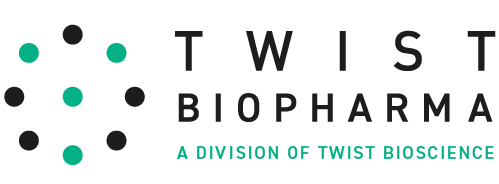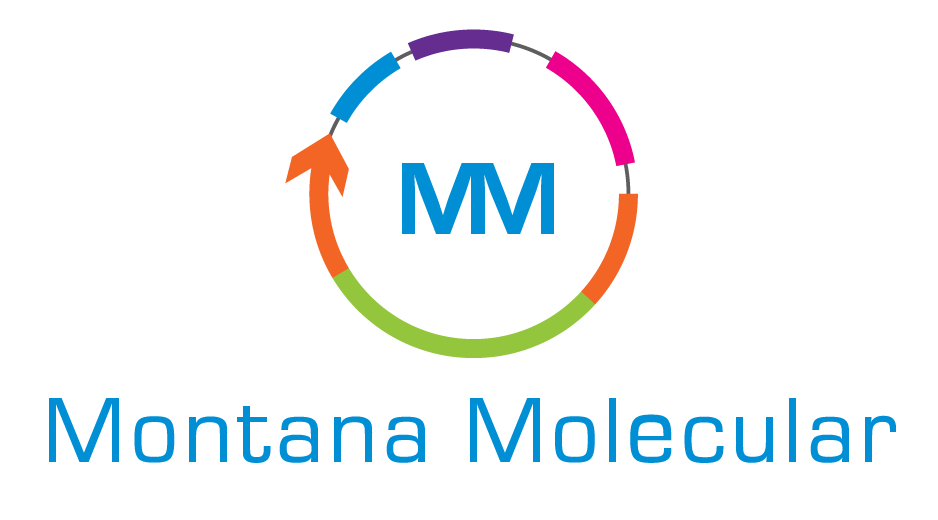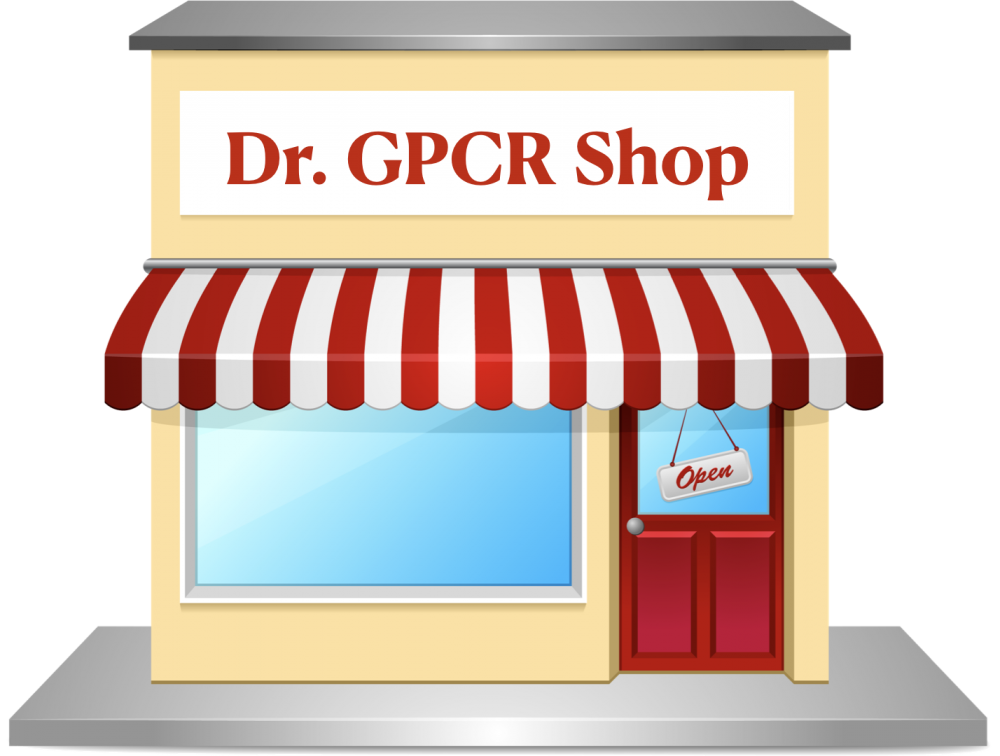Meet Dr. GPCR Summit Partners


A distinct activation mechanism in GPCR dimers: Insights from cryo-EM snapshots of the entire Class D1 GPCR activation pathway
Monday, 09/13/2021 @ 4:00 PM - EST
- Dr. Vaithish Velazhahan -
- MRC Laboratory of Molecular Biology, University of Cambridge -
- Cambridge, United Kingdom -
Abstract
G protein-coupled receptors (GPCRs) are divided phylogenetically into six classes, A-F. We previously determined the first structure of a class D1 fungal GPCR Ste2 which revealed that Ste2 exists as a homodimer, has a different arrangement of some transmembrane helices despite overall similarities to Class A GPCRs, and couples simultaneously to two heterotrimeric G proteins in a distinct mode. However, how Ste2 becomes activated was unknown, because it does not contain any of the conserved motifs in Class A GPCRs such as DRY, PIF, and NPxxY that are associated with activation.
I will present four new high-resolution cryo-EM structures of Ste2, comprising a ligand-free state, antagonist-bound inactive state, and two different agonist-bound intermediate-active states. Together with our active α-factor-Ste2-G protein complex structure, these five structures reveal a unique activation mechanism. The inactive state structure shows that the cytoplasmic end of transmembrane helix H7 blocks the site where the α5 helix of the G protein α-subunit couples. Upon agonist binding, there is a 6 Å outward movement of the extracellular end of H6, followed by a 20 Å outward movement of H7 that unblocks the G protein coupling site, with a 12 Å inward movement of H6 to form the G protein binding site. The Ste2 dimer has thus evolved a novel mechanism to configure the movement of H6 and H7 upon agonist binding to allow G protein coupling and provides the first model to understand how interactions at the transmembrane dimer interface can alter during receptor activation.
About Dr. Vaithish Velazhahan
Vaithish is currently a third-year Ph.D. student in the laboratory of Dr. Chris Tate at the MRC Laboratory of Molecular Biology and the University of Cambridge. Before beginning his Ph.D., Vaithish finished his undergraduate studies at Kansas State University in the USA where he graduated with dual honors degrees in Medical Biochemistry and Microbiology. During his undergrad, Vaithish used NMR and biophysical techniques to investigate how dietary flavonoids interact with human SUMO1 in the laboratory of Prof. Kathrin Schrick.
Author list and affiliations
Vaithish Velazhahan1, Ning Ma2, Nagarajan Vaidehi2, & Christopher G. Tate1
-
1 MRC Laboratory of Molecular Biology, Francis Crick Avenue, Cambridge CB2 0QH, UK
-
2 Department of Computational and Quantitative Medicine, Beckman Research Institute of the City of Hope, 1500 E Duarte Road, Duarte, CA-91006, USA




























